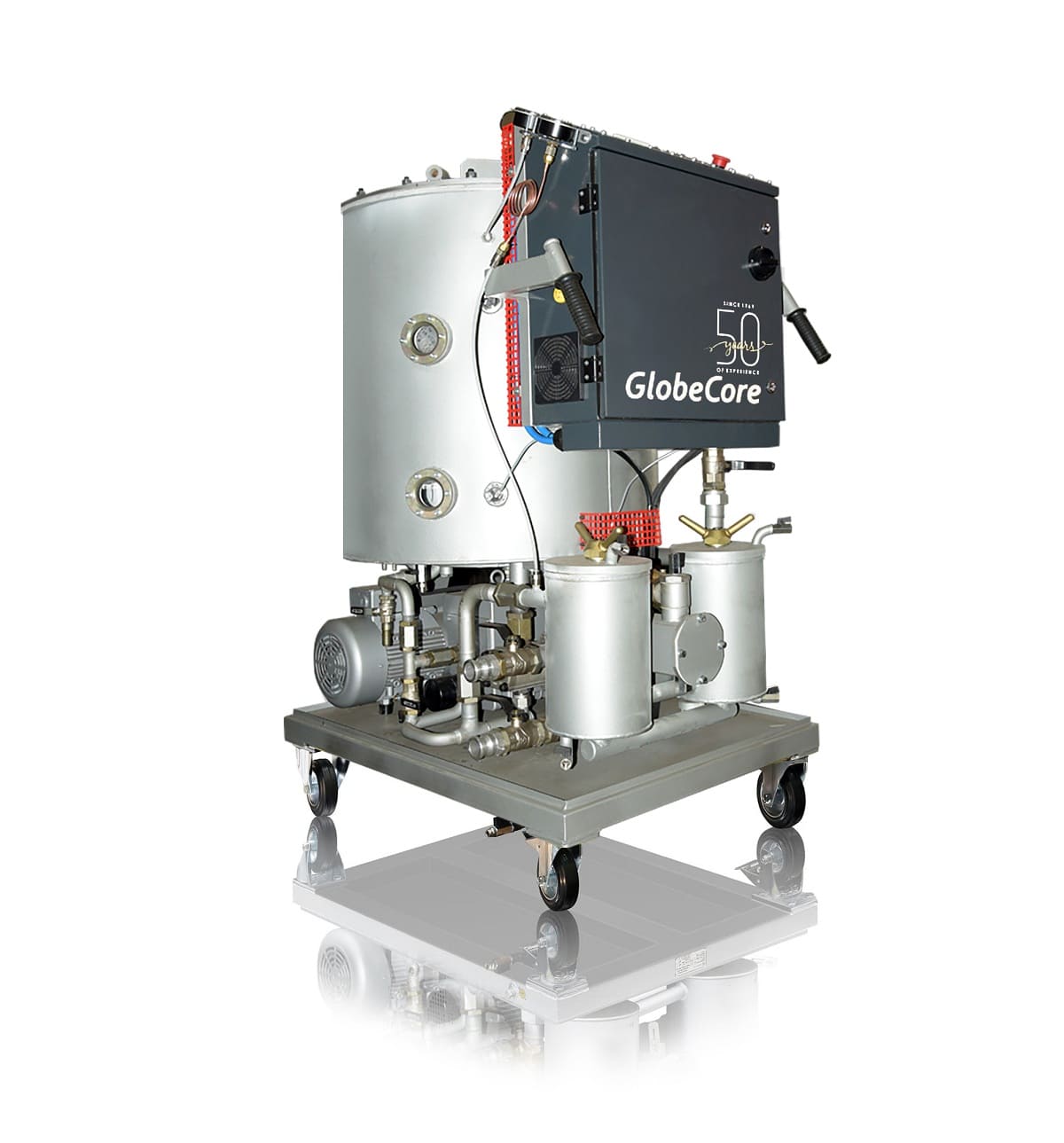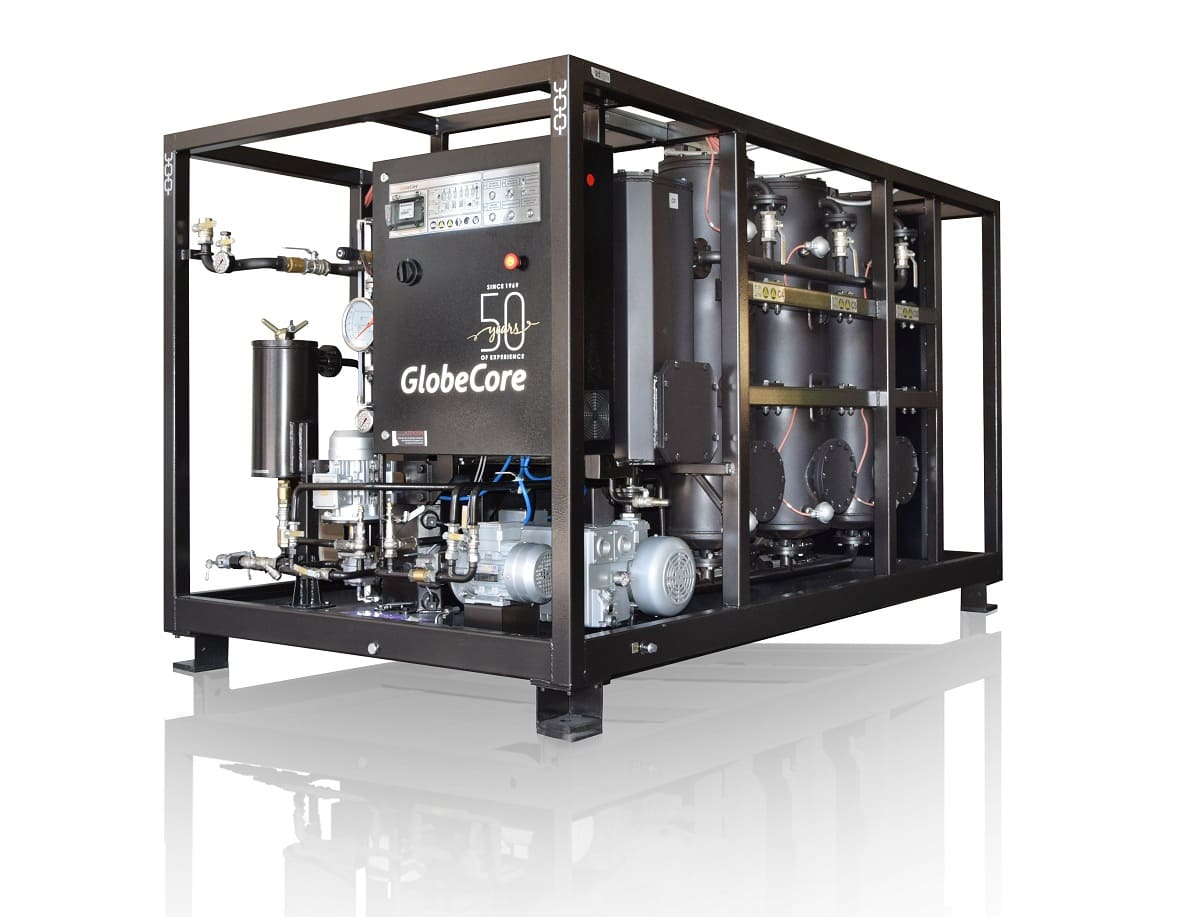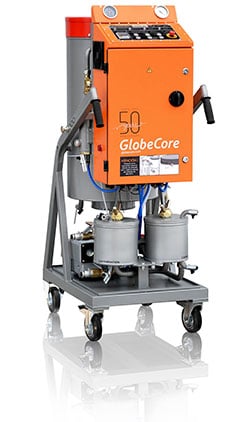What factors affect the Hydraulic Oil Purifier Efficiency in removing contaminants?
- Este tópico contém 1 resposta, 2 utilizadores e foi actualizado pela última vez há 1 ano, 2 meses por .
Answers
-
Outubro 7, 2024 às 8:31 am by Rachel Wright
Hydraulic Oil Purifier Efficiency in removing contaminants is influenced by several key factors. Purifier Capacity and Flow Rate are fundamental, as higher flow rates and adequate purification capacity ensure that sufficient oil is processed, enhancing contaminant removal. Type and Quality of Filtration Media play a crucial role; high-efficiency filters capture finer particles and specific contaminants more effectively. Temperature Control is essential, as heating the oil can reduce viscosity, improving moisture evaporation and contaminant suspension. Vacuum Levels in systems like vacuum purifiers determine the extent of moisture and gas removal, directly impacting purification efficiency. Oil Quality and Initial Contaminant Levels affect how much purification is needed; heavily contaminated oil may strain the purifier, reducing overall efficiency. Regular Maintenance, including cleaning or replacing filters and inspecting system components, ensures that the purifier operates without obstructions and maintains high performance. Automation and Control Systems that dynamically adjust purification parameters based on real-time oil quality data can optimize efficiency by maintaining ideal operating conditions. Additionally, system integration and compatibility with existing hydraulic setups ensure smooth operation and effective contaminant removal. Lastly, operator expertise and adherence to best practices in purifier operation and maintenance contribute significantly to sustaining high purification efficiency.



